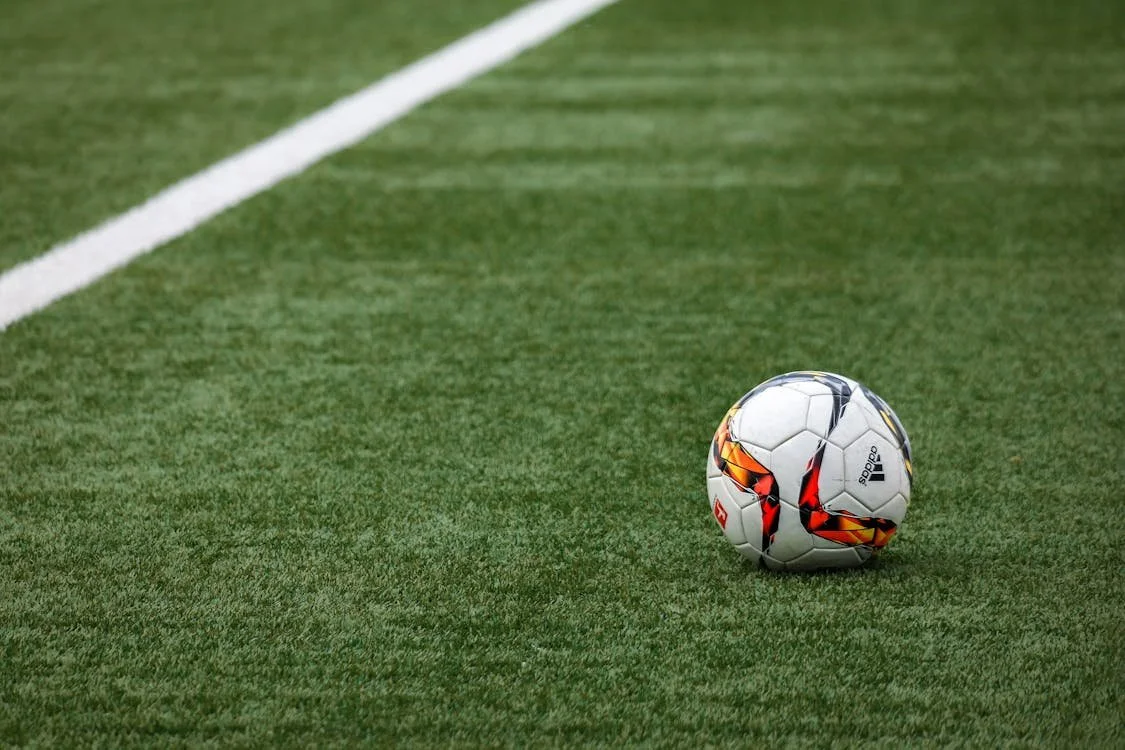UT leads research project to 'create the perfect pitches' at 2026 FIFA World Cup
A delegation from FIFA (International Federation of Association Football) recently visited the University of Tennessee, Knoxville, as part of the FIFA Pitch Research Field Day event to inspect the university’s field turf research and development facility, as well as to meet the teams from UT and Michigan State University (MSU) tasked with creating "the perfect natural grass pitches for the FIFA World Cup 2026,” a university news release said.
UT-Knoxville administrators said the visit and recent efforts of the research partnership came after FIFA tapped John Sorochan, distinguished professor of Turfgrass Science and Management, to lead a research program that supports the design, installation and management of the 16 stadium fields and dozens of training fields required for the upcoming tournament in 2026. Sorochan said he believes FIFA’s support of UT and MSU to conduct research relating to turf qualities will help “revolutionize the sports turf industry and leave a lasting legacy for the industry after the FIFA World Cup has concluded.”
“Sharing our evidence-based research with end users for the World Cup 2026 and others from around the world means everything to me,” he said in a public statement. “Knowing that half of the world is watching something you have been a part of — it’s hard to imagine the emotion that I’m going to feel.”

According to the announcement, the FIFA Pitch Research Field Day event and research efforts brought together representatives from FIFA, soccer clubs and about 200 turf specialists, among other personnel. The announcement said FIFA’s Pitch Management Team first implemented an innovative five-year research and development project to produce the perfect natural grass pitches for the tournament after host venues were announced in 2022, adding that FIFA partnered with UT and MSU to deliver the largest ever sports turf research program specifically for soccer. The World Cup will take place in June and July 2026, with 48 teams playing across 16 cities in the United States, Mexico and Canada. The competition will stretch across four time zones and three climatic zones and conclude in New York/New Jersey.
“One of the easiest decisions I have made around this tournament so far was the partnering of UT and MSU universities,” said FIFA26 Director of Infrastructure and Technical Services Alan Ferguson. “Both already had world-leading reputations, both already led by world-leading turf professors. I didn’t want to reinvent the wheel — it was already here.”
As part of the work, a state-of-the-art shade house was constructed at the UT Institute of Agriculture’s East Tennessee AgResearch and Education Center to replicate conditions inside a domed stadium, while MSU has a 23,000-square-foot asphalt pad on campus to replicate the concept of laying turf on stadium floors.
Keith Carver, the UT Institute of Agriculture's senior vice chancellor and vice president, remarked in the announcement that the research will ultimately benefit athletes at all levels.
“The elite athletes that compete in the World Cup will play on the best surfaces, but the FIFA/UT/MSU turf research program has the opportunity to enhance the performance and even safety of playing fields for a variety of sports and athletes in cooperation with our UT Center for Athletic Field Safety. From amateur soccer pitches to Little League and high school football fields to pro golf courses, MLB and NFL fields and more, athletes at all levels will benefit from this innovative research.”


